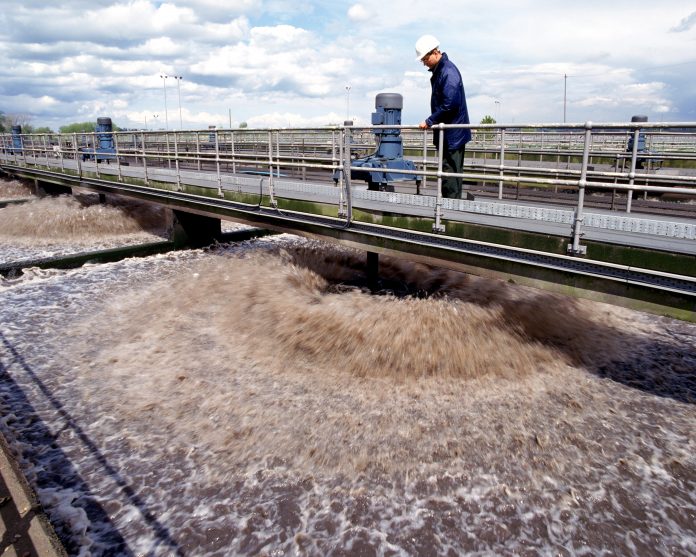A government project, supported by the Natural Environment Research Council and funded by UK Research and Innovation, is using sewage tracking to alert to early warnings of coronavirus outbreaks across the UK
The project, which was first announced in June, has proven that fragments of genetic material from the virus can be detected in wastewater and provide local health professionals with a clearer insight of infection rates.
The data will be then shared with NHS Test and Trace and inform where new outbreaks may be happening before people start showing symptoms, particularly for asymptomatic carriers.
Now, a UKRI and NERC-funded research programme to support the current sewage early warning system is being led by the UK Centre for Ecology & Hydrology (UKCEH) and the National Wastewater Epidemiology Surveillance Programme, is developing sampling, testing and scientific modelling methods. It is also investigating whether analysis of wastewater can be used to estimate the number of COVID-19 cases and assess the infection risk in sewage.
In addition, research by Professor Davey L Jones of Bangor University, funded by NERC’s COVID-19 urgency grant, suggests the likelihood of infection due to contact with sewage-contaminated water is extremely low or negligible.
Chief Executive of UKRI Professor Dame Ottoline Leyser said:
“This research shows that our wastewater system can be used to identify coronavirus hotspots early, which could significantly help our ability to contain local outbreaks.
“The project is an excellent example of how UKRI can work collaboratively to harness the strength of the UK research and innovation system to address rapidly emerging challenges.”
Dr Andrew Singer of UKCEH, who is principal investigator of N-WESP, says:
“Wastewater-based epidemiology is an emerging field that can potentially offer rapid insights into the health of a particular population. The research is cost-effective, as well as anonymous and non-invasive for the population surveyed.”












I think sewage tracking could be a great way to early warning signs of coronavirus outbreaks.